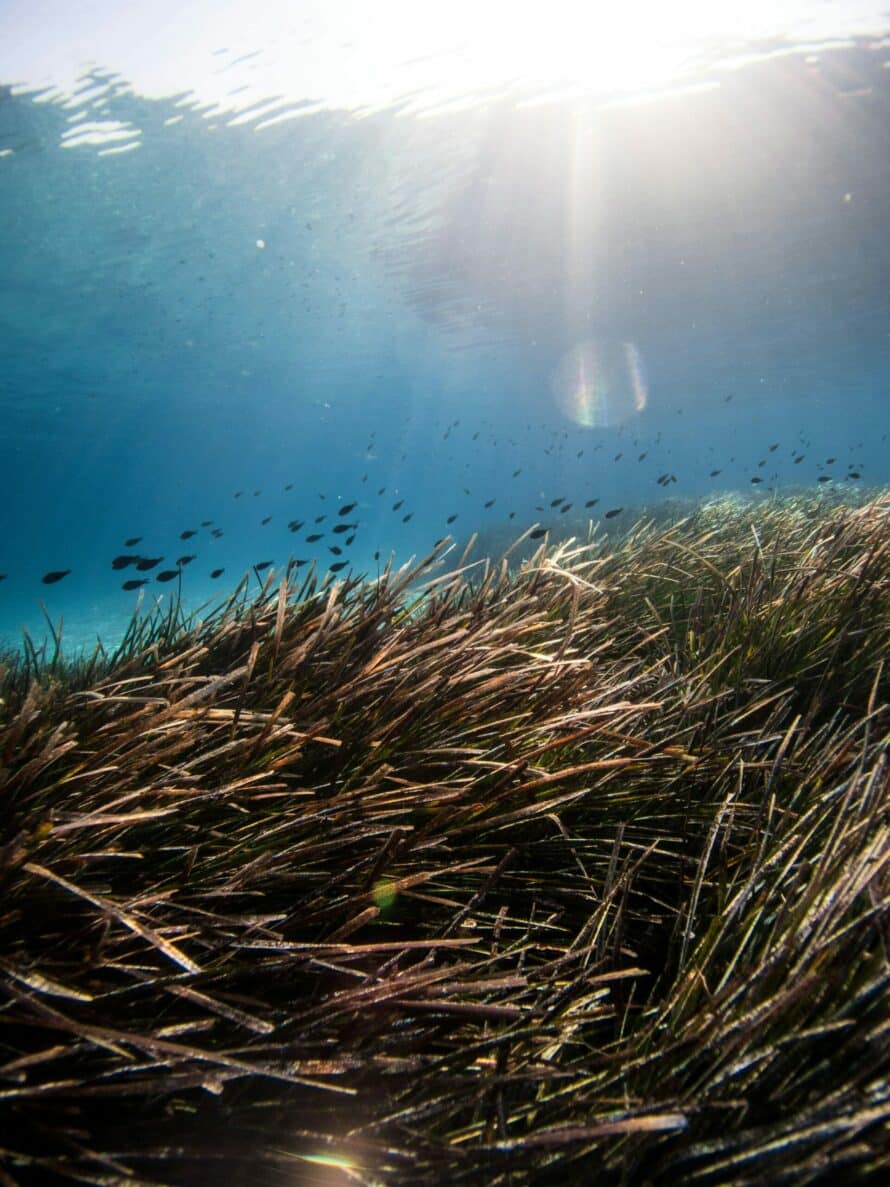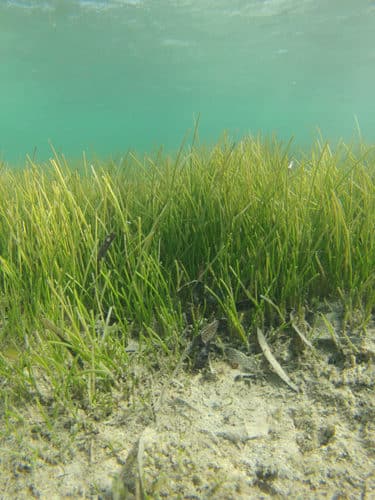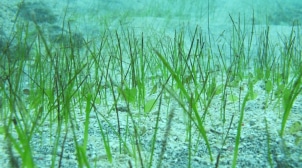Marine seagrasses are often underappreciated; however, their role in marine and coastal ecosystems is crucial. Covering a small proportion of the seabed, these true underwater meadows provide multiple ecological services, essential for both marine species and human populations living along the coasts. Let’s discover why and how these aquatic plants influence the overall health of the oceans and examine possible measures for their preservation.
Table of Contents
ToggleRole of seagrasses in the ecosystem
Seagrasses are an essential link in the coastal ecosystem, acting as underwater green lungs. By providing shelter and breeding grounds for a multitude of species, they support marine biodiversity. These natural meadows are also crucial for stabilizing marine sediments, reducing erosion, and protecting the coasts. Moreover, through their ability to capture carbon dioxide, seagrasses play a crucial role in the fight against climate change. By sequestering carbon, they mitigate the impact of greenhouse gas emissions.
Marine habitats and nurseries
By forming dense and thick mats, seagrasses provide an essential habitat for many species such as sea turtles, seahorses, and certain crustaceans. These areas also provide important spawning and nursery grounds for fish, ensuring the survival and health of future generations. Data from the United Nations Environment Programme shows that these meadows are vital for 20% of the world’s fishing areas. It is therefore crucial to integrate conservation strategies to maintain their ecological integrity.
Natural filters of the oceans
In addition to their role as a refuge, seagrasses function as powerful natural filters. They absorb excess nutrients in the water and reduce pollutant levels, thus improving water quality. This natural filtration also reduces turbidity, allowing sunlight to penetrate deeper, which is essential for the photosynthesis of marine organisms. This process supports marine life downstream and contributes to healthier marine ecosystems.

Reducing coastal erosion
Seagrasses anchor sediments with their roots, thereby minimizing coastal erosion. This not only protects coastal habitats but also human infrastructure. By preserving them, we effectively safeguard our coasts against potential economic losses caused by rising waters and storms. Their conservation is therefore essential for sustainable management of coastal resources.
Fighting climate change
Seagrasses are often seen as the tropical forests of the oceans. In terms of carbon sequestration, their efficiency is remarkable. Some species, such as Posidonia in the Mediterranean, capture significant amounts of carbon, which are then trapped in sediments for thousands of years. That is why their protection is essential in our global fight against climate change, supporting conservation efforts.

Protecting our coasts
By acting as a natural barrier, seagrasses dissipate wave energy, thus protecting coastlines from the devastating impacts of storms and flooding. Due to their density and roughness, they reduce current speed, minimizing physical damage caused by extreme weather events. Coastal communities greatly benefit from this natural protection, which prevents material and human losses. Investing in the conservation of seagrasses is therefore also an investment in coastal resilience.
Conservation measures for seagrasses
The preservation of seagrasses requires concerted actions. Various restoration projects highlight the importance of local and global initiatives. It is imperative to systematically assess these ecosystems to apply appropriate management strategies. Utilizing sustainable practices such as reducing pollutants and promoting ecological moorings can help restore these ecosystems. Participating in local associations engaged in seagrass restoration can also make a difference.

Collective efforts and commitments
Environmental challenges require collective efforts to mitigate anthropogenic pressures on seagrasses. This involves robust regulatory policies, public awareness efforts, and resource mobilization to support conservation initiatives. By supporting these actions, everyone plays a role in protecting our marine ecosystem, essential for the sustainability of future generations.









